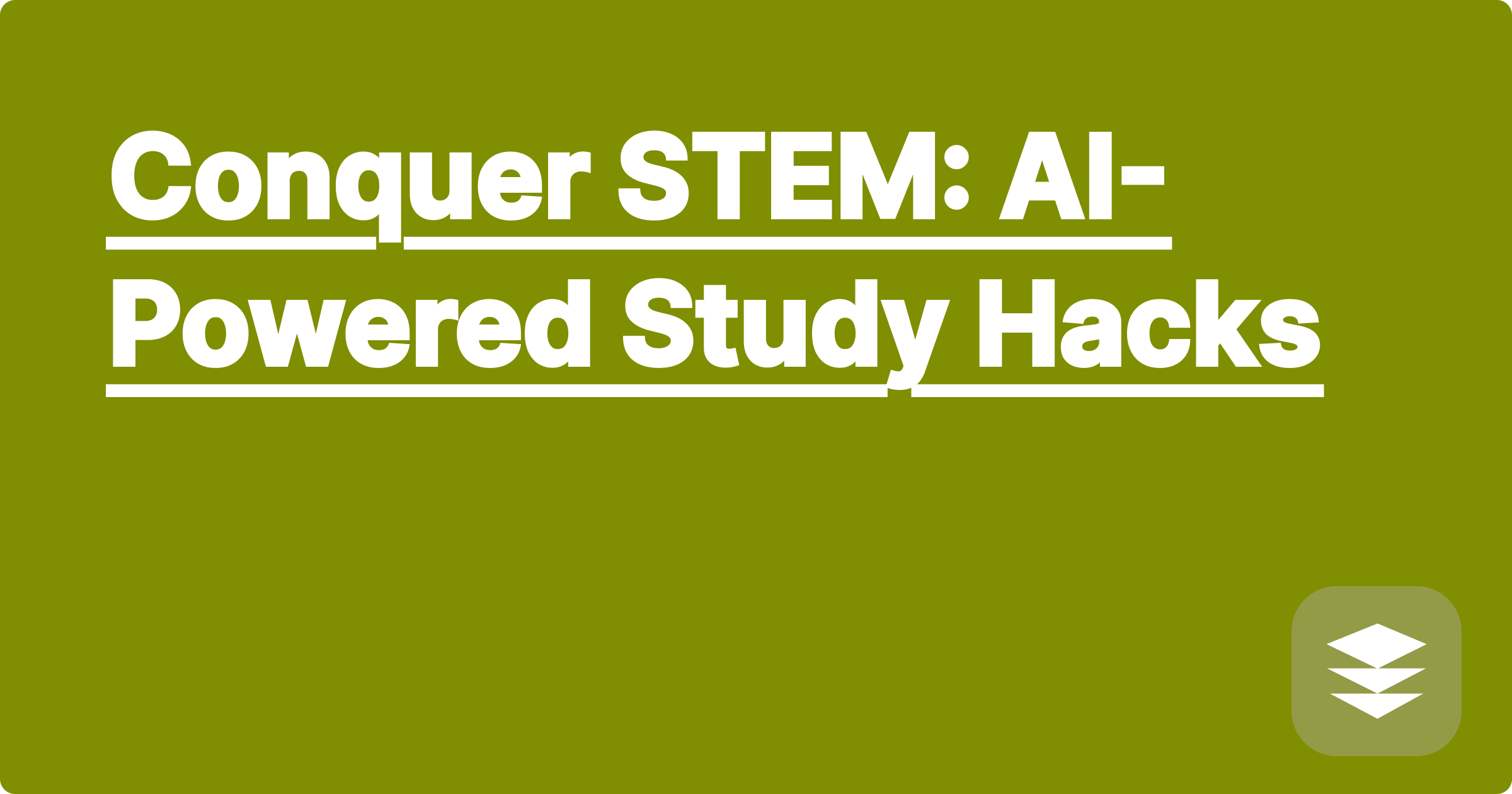
The sheer volume of data generated in modern STEM research can feel overwhelming. From complex simulations to high-throughput experiments, researchers are constantly bombarded with information. Traditional data analysis methods often struggle to keep pace, leaving valuable insights buried within massive datasets. This is where the power of AI-driven data visualization comes into play, offering a transformative approach to exploring and understanding complex information. AI can sift through mountains of data, identify patterns, and generate insightful visualizations, freeing up researchers to focus on interpretation and discovery.
For STEM students and researchers, mastering AI-driven data visualization is no longer a luxury, but a necessity. It's the key to unlocking hidden patterns, accelerating research progress, and ultimately making groundbreaking contributions to your field. Imagine being able to effortlessly visualize complex relationships within your data, identify outliers, and generate publication-ready figures in a fraction of the time. This blog post will equip you with the knowledge and practical strategies to harness the power of AI for data exploration and analysis, significantly boosting your research productivity.
The traditional approach to data visualization often involves manual processing and scripting in tools like Python with libraries such as Matplotlib or Seaborn. This can be time-consuming, requiring significant coding expertise and often involving tedious trial-and-error to find the most effective visualization. Moreover, researchers may struggle to choose the right visualization method for their data, potentially missing crucial insights. Manually tweaking parameters to optimize the visual representation can further add to the time investment. For students juggling multiple projects and deadlines, these challenges can significantly hinder research progress. The complexity of modern datasets, often involving multiple variables and intricate relationships, further exacerbates these difficulties. Traditional methods simply cannot keep up with the demands of today's fast-paced research environment.
Imagine having a virtual AI partner, let's call it GPAI (Generative Partner for AI), by your side. GPAI can drastically simplify the data visualization process. Using tools like ChatGPT, Claude, or Wolfram Alpha, you can interact with GPAI using natural language, describing your data and desired visualization. For example, you could tell GPAI, "I have a dataset of protein-protein interactions. Visualize this as a network graph, highlighting key hubs." GPAI can then process your data and generate the visualization automatically, saving you hours of coding and manual tweaking. Furthermore, these AI tools can suggest optimal visualization methods based on the characteristics of your data, ensuring you choose the most effective representation. They can also handle complex data transformations and generate interactive visualizations, allowing for deeper exploration and analysis.
Let's walk through a practical example. Suppose you are analyzing gene expression data from a cancer study. You want to visualize the differential expression of genes between healthy and cancerous cells. First, upload your data to a platform like Google Colab and import the necessary libraries. Then, describe your data and desired visualization to ChatGPT, for example, "Create a heatmap showing the differential gene expression between these two groups." ChatGPT can generate the Python code for you, leveraging libraries like Seaborn or Plotly. You can then execute the code directly within Colab, instantly generating the heatmap. Furthermore, you can refine the visualization by providing further instructions to ChatGPT, such as "Adjust the color scale to highlight the most significant changes" or "Cluster the genes based on their expression patterns." This iterative process allows you to quickly explore different visualization options and fine-tune the final output.
In materials science, researchers can use AI-driven visualization to analyze the results of molecular dynamics simulations. By inputting simulation data into tools like Wolfram Alpha, they can generate 3D visualizations of molecular structures and their interactions, revealing insights into material properties. In environmental science, researchers studying climate change can utilize AI to visualize complex climate models. By feeding data into ChatGPT, they can create interactive maps showing temperature changes, precipitation patterns, and other climate variables over time. In bioinformatics, AI can be used to visualize protein folding pathways. By describing the protein sequence and desired visualization to Claude, researchers can generate dynamic visualizations of the folding process, aiding in the understanding of protein function and disease mechanisms.
Integrating AI into your research workflow requires a strategic approach. Start by identifying the most time-consuming aspects of your data analysis process. Are you spending hours manually creating graphs? Are you struggling to choose the right visualization method? These are prime areas where AI can make a significant impact. Experiment with different AI tools and find the ones that best suit your needs. Don't be afraid to ask for help from online communities or colleagues who have experience with AI-driven visualization. Remember that AI is a tool to augment your skills, not replace them. Your expertise in interpreting the visualizations and drawing meaningful conclusions remains crucial. By combining your domain knowledge with the power of AI, you can unlock new levels of research productivity and accelerate your path to academic success.
To fully leverage AI-driven data visualization, embrace continuous learning. The field of AI is constantly evolving, so stay updated on the latest tools and techniques. Explore online tutorials, attend workshops, and engage with the research community. By actively seeking new knowledge and refining your skills, you can ensure that you are always at the forefront of this exciting and rapidly advancing field. Start experimenting with AI tools today and discover the transformative potential of AI-driven data visualization for your STEM research. The future of scientific discovery is here, and it's powered by AI.
Master STEM: AI Study Guide & Planner
AI for Robotics: Efficient Simulations
AI Research Paper Assistant: Write Smarter
AI-Driven Data Viz: Explore Datasets
Conquer STEM: AI-Powered Study Hacks
AI for Exams: Ace Your STEM Tests
AI Homework Helper: STEM Problem Solver
AI Study Buddy: Master STEM Concepts